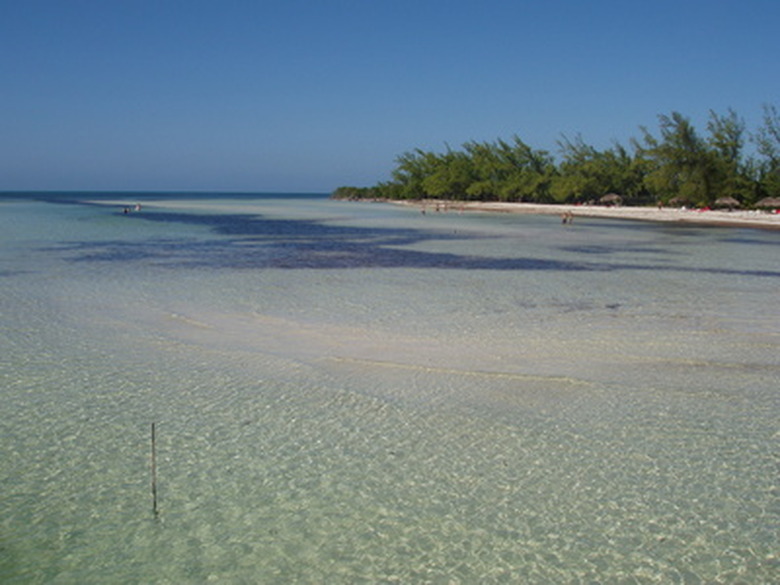Rare Plants Of Cuba
Like the rest of the planet, many indigenous plants of Cuba have become threatened or endangered due to overharvesting of trees, building of roads, home and business construction, and lack of conservation efforts. There are many ecosystems on the island, including coniferous forests, swamps, lagoons and desert-like areas, and some of the plants found there are very rare.
Acacia Trees
Five species of acacia trees are classified as endangered in Cuba. They include the Acacia belairoides, A. zapatensis, A. riogli, A. daemon and A. bucheri. These trees are endemic only to Cuba and in need of protection, according to Earth's Endangered Creatures. They are subject to natural disasters such as hurricanes, human interference in the form of vandalism and logging, and diseases.
Manaju Tree
The Manaju tree (Garcinia aristata) is an endangered species, and parts of it are sold in Cuban yerberias, or herbal, markets. Traditional Cuban healers use this tree for inflammations and wounds, asthma, bronchitis and pneumonia. Because Cuba has limited access to the modern medicines of the industrialized world, people who live there continue to rely on native and traditional medicine for many ailments.
- Like the rest of the planet, many indigenous plants of Cuba have become threatened or endangered due to overharvesting of trees, building of roads, home and business construction, and lack of conservation efforts.
Pino Macho
The Pino Macho (Pinus caribaea) is listed as vulnerable in Cuba. Sticks and leaves of this plant are sold in Cuban yerberia markets—the plant continues to hold important medicinal uses in Cuba. Among the ailments it is said to help are foot and nail fungus, breathing difficulties such as bronchitis, circulatory problems, gout, eczema and impotence, and it is used as a wash to stimulate hair growth.
Yarey Palms
Three species of the Copernicia palm genus are either endangered or vulnerable, according to Env-Impact.org. Fronds of these palms are sold in Cuban herbal markets to make baskets, bags, roofing, fans, hats and other handicrafts.
